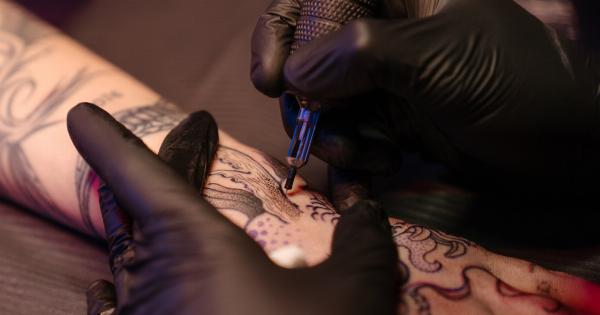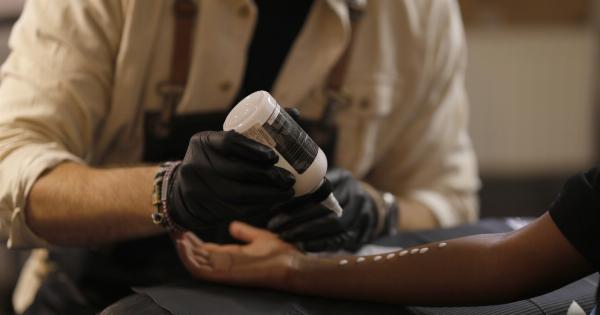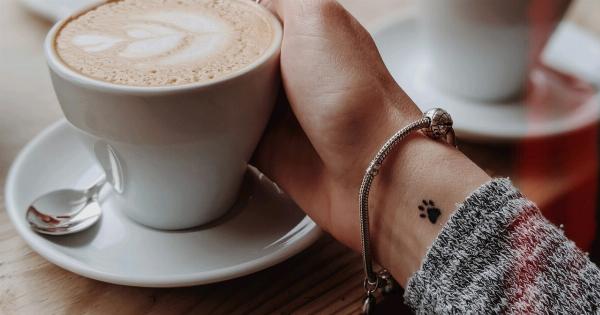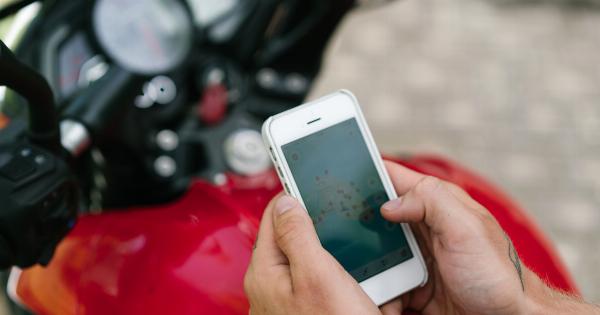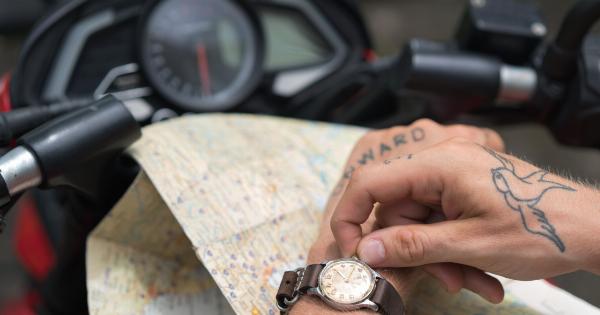Getting a tattoo removed is not as easy as getting one done. The process involves breaking down the ink pigments in the skin so that the tattoo markings disappear.
Unfortunately, the method can also cause scar tissue to form after the permanent artwork is gone. To understand more about the relationship between tattoo removal and scarring, here’s what you should expect.
Understanding Scarring from Tattoo Removal
Removing a tattoo involves a light energy beam, usually from a laser. The beam breaks down the ink pigments in the skin into smaller particles that are then absorbed by the body’s immune system.
The ink particles are carried away through the liver and excreted from the body. The laser causes a tiny hole in the skin each time it fires, so the area is typically covered with a bandage right after the procedure.
A little soreness is normal after the procedure but is usually addressed with over-the-counter pain relievers. It is only when the treated skin becomes inflamed, itchy or infected that scarring can develop.
The body’s natural healing process can also create raised, pitted or hypertrophic scars where the ink has been removed.
How Do You Prevent Scarring During Tattoo Removal?
Tattoo removal practitioners are always careful to avoid scarring when treating clients. This is accomplished by a combination of techniques.
1. Use High-Quality Lasers
There are many tattoo removal laser brands on the market, but some don’t do a good job of removing ink and can cause more damage to the skin than they do in removing tattoos.
Finding a practitioner who uses quality lasers like PicoSure can reduce the chances of scarring occurring, though no laser brand can guarantee a scar-free removal process.
2. Be Careful of Sun Exposure
The skin where the tattoo has been removed is sensitive for a few weeks. Exposing it to direct sunlight can cause the skin to react, become inflamed and result in scarring, so be sure to keep the area covered when outside during the day.
3. Avoid Irritating the Skin
It’s essential to leave the area alone while it’s healing. The scab that forms over the tattoo should not be scratched or picked at, no matter how much it itches.
Scratching can reopen the wound, and picking can introduce bacteria, which can lead to infection. This kind of trauma can cause scarring in its own right.
Scarring Types and Tattoo Removal
Types of scars that can result from tattoo removal include:.
Absorptive Hypertrophic Scarring
This type of scarring happens when the body overreacts to the presence of ink particles that have been broken down and absorbed. It’s characterized by a raised red bump that grows larger than the surrounding skin and eventually stabilizes.
Absorptive hypertrophic scarring can go away on its own or be helped with cortisone injections or silicone gels.
Atrophic Scarring
Atrophic scarring happens when the skin grows and contracts around the permanent tissue that remains after the ink has been removed. The result is a scar that dips below the surface of the skin, instead of raising it.
Atrophic scars cannot be treated with cortisone injections but may benefit from subsequent laser treatments.
Hypertrophic Scarring
Hypertrophic scarring is like absorptive hypertrophic scarring, but it could happen even if no ink particles have been absorbed by the body.
This type of scarring happens when too much collagen forms during the healing process and causes raised, red scars, which can sometimes be itchy, warm to the touch and painful.
Preparing For Tattoo Removal
Having a conversation with your tattoo removal practitioner about the expected outcome and scarring degree of your removal is recommended before the procedure.
Understanding what might happen can help manage expectations and motivate you to take the necessary steps to reduce the risk of scarring. And depending on the location of your tattoo, and its size, it might take multiple removal sessions to remove everything, and this will increase the chances of scarring.
The Bottom Line
Removing a tattoo is indeed a process that requires a lot of patience and gives mixed results.
The extent to which scarring may occur will depend on various factors, including your skin type, the size and color of your tattoo, the location of your tattoo.
Reducing the risk of scarring requires proper care, and working with the right tattoo removal practitioner, explains your expected outcome and scarring degree, and leveraging their expertise with lasers to minimize the scar tissue as much as possible.



